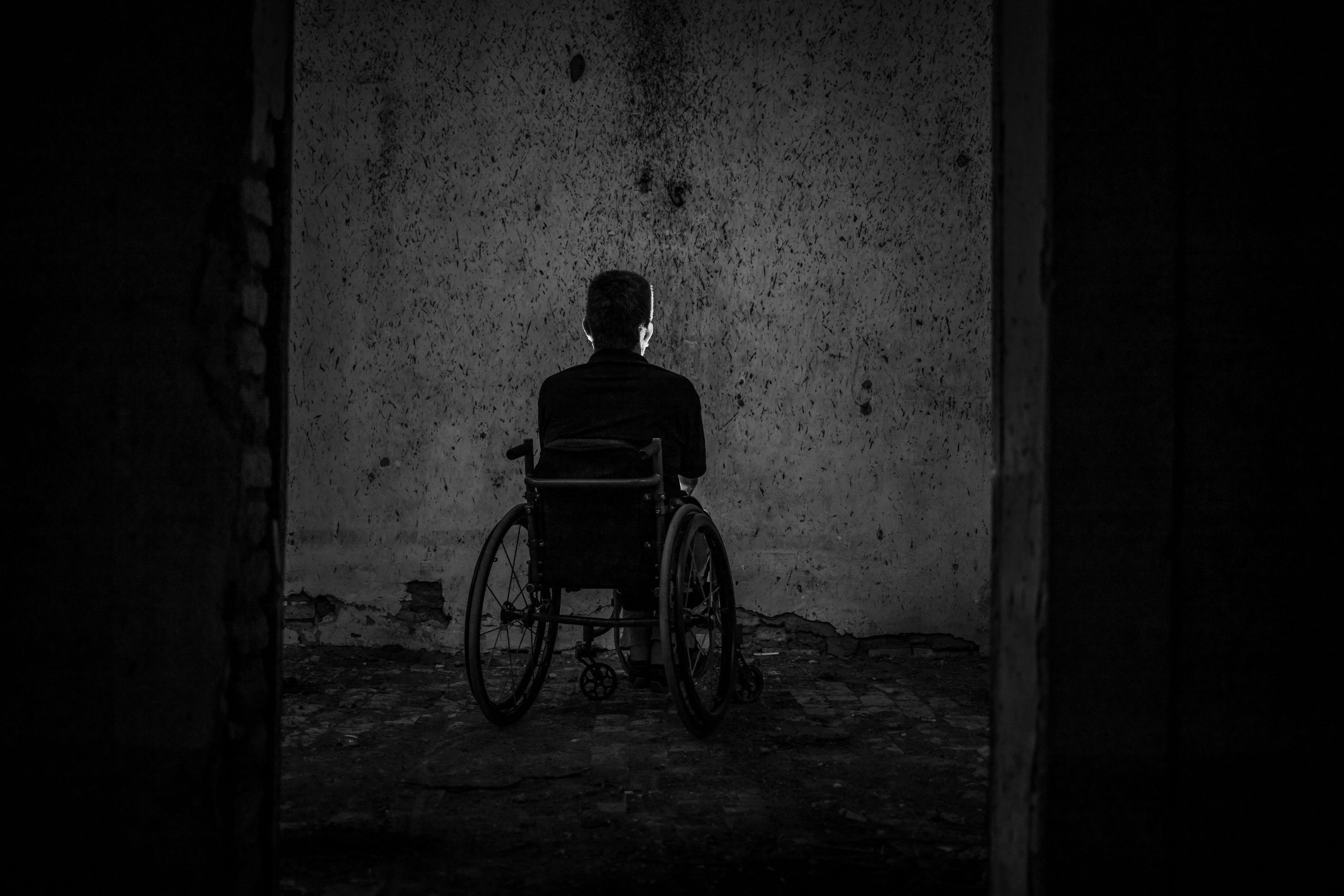It was just past dawn. 5:44 AM.
It’s one of those early mornings when the air is crisp enough to remind you – you are alive and still quiet enough to hear yourself think. I’m just finishing up my morning run, pushing through that final stretch, lungs open, senses alive. And as I come around the bend of this small green park right by the fountain, I see it.
A wheelchair.
Abandoned. Still. Slightly turned toward the curb, like someone just stood up and walked away.
Or perhaps the occupant was taken away by some kind of social service program. Either way – an abandoned wheelchair was there to greet me as the sun rose in LA today.
Now, here’s the thing—that wheelchair didn’t say a word, didn’t make a sound. But to me, it spoke volumes. Why? Because I gave it meaning.
You see, my father spent over 27 years in a wheelchair. So, that object isn’t neutral for me. My body reacts. My breath shifts. My heart remembers.
But to someone else? That same wheelchair might mean nothing. Or it could remind them of a cousin who was injured. Or a powerful documentary they once saw. Or they could see a busted-up piece of metal and vinyl left by the curb.
And that’s the point.
Objects have no meaning until we assign them meaning.
This is where storytelling lives. Right in that moment of assignment—where a neutral thing becomes charged through memory, emotion, context, and deeply held resonance.
This is what you do/we do as a writer, an actor, a filmmaker, a creator.
You don’t just hand your audience a “wheelchair.” You hand them the story inside the wheelchair. You give them backstory, history, and emotional context. You bring us into the character’s private mythology—their specific reaction to that object—and suddenly, we feel something, too.
It’s not the object. It’s the charge behind it.
Take “Rosebud” from Citizen Kane. It’s just a sled. But by the time the story unfolds, it holds the weight of a man’s lost innocence. It lands. It hits not because of the sled’s objective value but because of what it means.
Now take Hemingway’s famous six-word story:
For sale: baby shoes. Never worn.
Six words. And the object? Baby shoes. That’s it.
But because of the cultural moment that Hemingway lived in—when baby shoes were typically bronzed and placed in homes like trophies of life continued—those words carried immense emotional weight. Loss. Potential. Grief wrapped in simplicity.
Translate that same story to an Indigenous community in the Amazon, and it wouldn’t land the same way. There’s no shared cultural charge.
Meaning only exists when we create resonance.
As a creative, this is your power: to take a neutral thing and imbue it with soul. To give it voice, gravity, and presence.
A cracked teacup. A broken watch. A road sign. A voicemail. Each of these could be nothing. Or, each of these objects could mean everything, depending on what you bring to it.
Objects are invitations. They ask you: “What story do you want to tell through me?”
So when you sit down to write or speak or direct or perform—don’t just think about the plot. Think about the objects. Think about what they mean to the person holding them, seeing them, carrying them.
Because that’s where transformation happens. Not just in the story arc. But in the texture of things.
You’re not just telling a story. You’re building a world where even the shadows have history.
And when you get that rich textured experience, your audience doesn’t just watch. They remember.
Thank you,
Joshua Townshend
“Where Creativity Comes To Breath”






